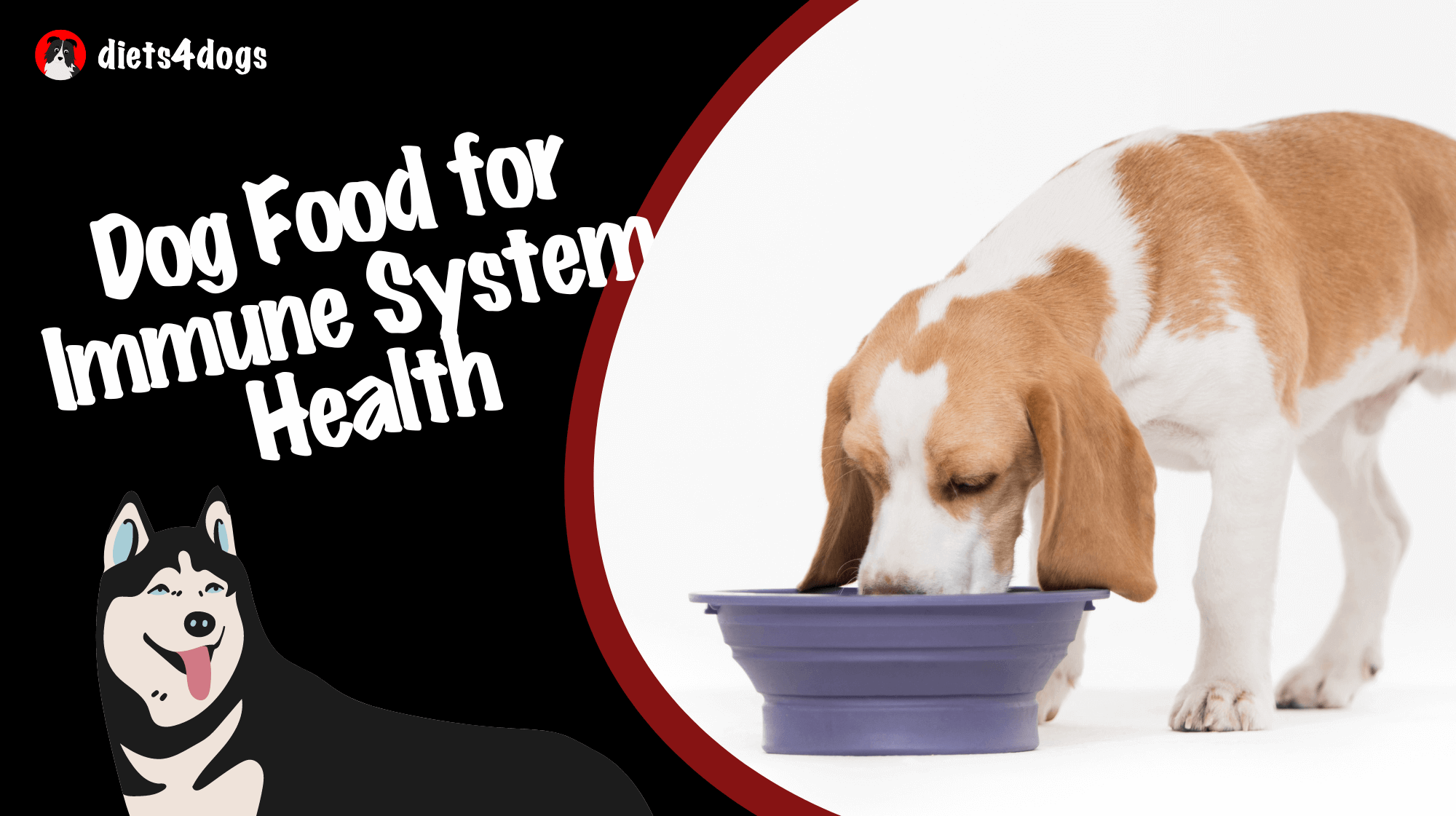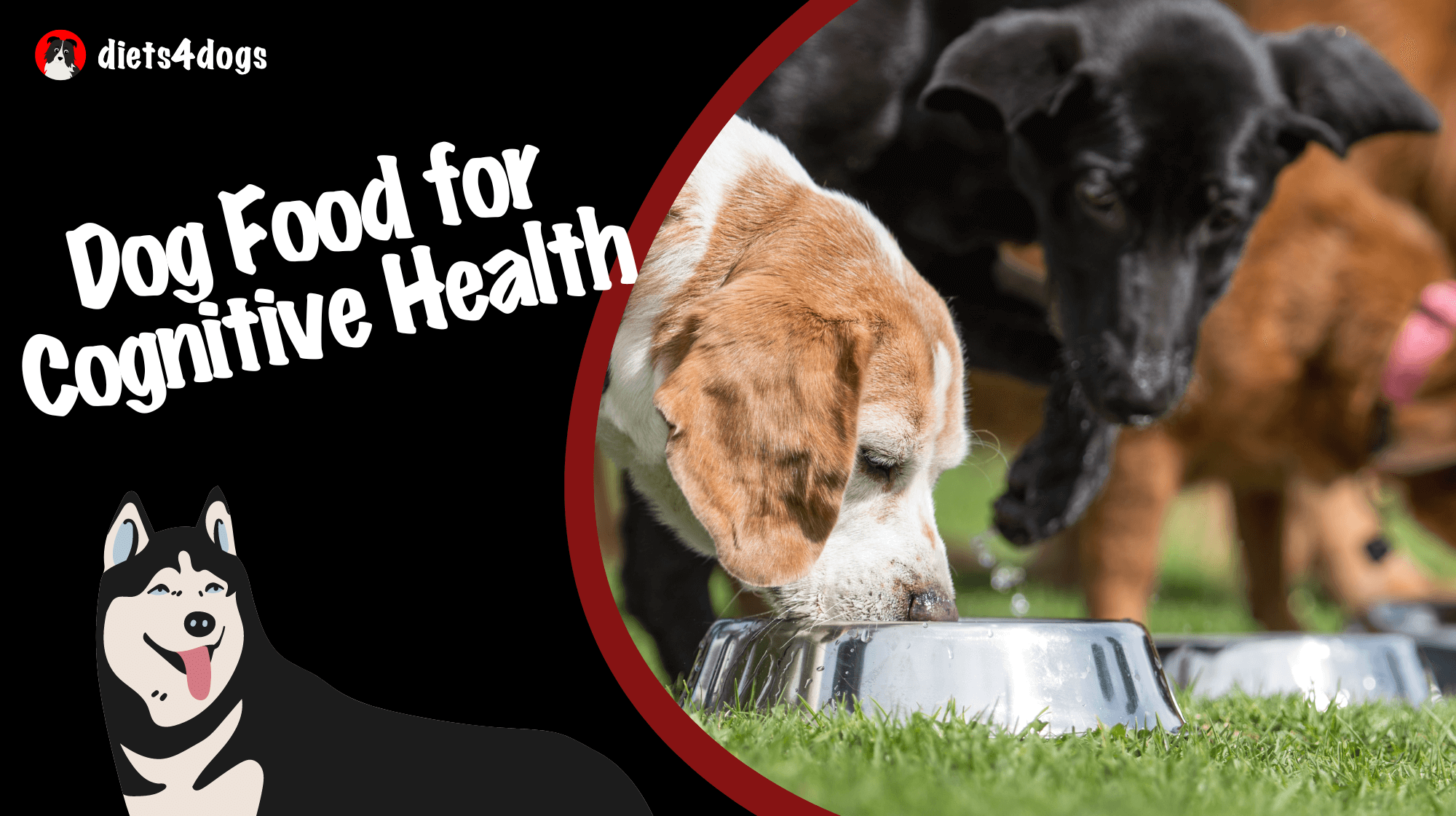As a loving dog owner, you know that the health and happiness of your furry friend depends on the food you choose. But with so many options on the market, it can be overwhelming to find the perfect menu for your pup’s specific dietary needs. Fear not, because we’re here to throw you a bone! 🦴 In this fun and informative blog post, we’ll dive into the wonderful world of low-fat dog food, exploring its benefits and guiding you on how to pick the most nutritious premium options to keep your beloved pet’s tail wagging without compromising on their well-being. Let’s embark on this culinary voyage together and give your pup the gourmet low-fat feast they deserve! 🐾
Low-Fat Dog Food: Selecting Premium Varieties for Your Dog’s Diet
When selecting premium low-fat dog food, consider your pet’s specific dietary needs and breed-specific requirements. Research the ingredients and look for natural, whole foods and high-quality protein sources. Check the product’s fat content, typically under 10% for low-fat options. Consult your vet for guidance in choosing an appropriate premium low-fat dog food that keeps your dog healthy without sacrificing nutrition.
When Low-Fat Dog Food is a Must
While all dogs require a certain amount of dietary fat to support optimal health, certain conditions, such as obesity, pancreatitis or hyperlipidemia, make low-fat dog food necessary. Premium dog food options help ensure that while reducing fat, your furry friend will still get the essential nutrients needed for a balanced diet.
A Healthful Approach: Ingredients to Look For
Opting for a low-fat dog food doesn’t mean compromising on nutrition. The following ingredients are critical to providing a healthy, low-fat diet:
Quality Protein Sources
As the primary component in any dog food, look for animal-based protein sources (e.g., chicken, fish, or turkey) with low-fat content. These should typically be at the top of the ingredient list.
Complex Carbohydrates
Healthy carbs like sweet potatoes, peas, or whole grains can provide energy and dietary fiber without the extra fat found in other ingredients.
Omega-3 and Omega-6 Fatty Acids
Even though it’s a low-fat diet, your dog still requires these essential fatty acids. Flaxseed, fish oil, and algae are excellent sources.
Fruits and Vegetables
Be sure to consider low-fat dog foods with fruits and veggies, as they’re packed with essential vitamins, minerals, and antioxidants, supporting overall health and well-being.
What to Avoid in Low-Fat Dog Foods
Not all low-fat options are created equal, so be cautious of the following elements:
Artificial Additives
Steer clear of artificial colors, flavors, and preservatives, as they can cause adverse reactions and contribute zero nutritional value.
By-Products
Low-quality protein sources, including by-products or “meal” from unnamed sources, should be avoided in favor of recognizable, whole ingredients.
Excess Fillers
Although some filler ingredients, like wheat or corn, provide a certain level of nutrition, excessive amounts may lead to higher calorie counts and less room for essential nutrients.
Try Before You Buy: Reading the Label
The key to selecting the best low-fat dog food options lies in understanding the label. The canine food label should be your road map to better health:
Guaranteed Analysis
First, check the Guaranteed Analysis section, where the fat content is explicitly listed. Low-fat foods usually have fat ranging from 6% to 10%.
Ingredient List
Scour the ingredient list for real meat protein sources, limited high-quality carbohydrates, and optimal fat levels. Familiarize yourself with the ingredients to avoid, such as artificial additives and unnamed by-products.
Feeding Guidelines
Lastly, adhere to the recommended feeding guidelines to control portion sizes and ensure your pet is receiving the correct amount of vital nutrients.
Consult Your Veterinarian
Always involve your trusted veterinarian when considering low-fat dog food options, especially if your pet experiences health conditions. Your vet can provide guidance on the best brands, nutritional requirements, and portion sizes for your dog’s specific needs, ensuring a healthy and happy canine companion.
Considering Your Dog’s Unique Needs
Aside from general guidelines for selecting low-fat dog food, it’s essential to consider your dog’s specific needs based on its age, size, breed, and activity level. For example, active or working dogs may need slightly more fat, while small or less active breeds might require less. Dog nutrition should always be adapted to your pet’s unique circumstances, and consulting with a veterinarian can help you make the best decision.
Top Premium Low-Fat Dog Food Brands
To help you make an informed decision, here are some of the top-rated premium low-fat dog food brands to consider:
- Blue Buffalo: Known for its natural and high-quality ingredients, Blue Buffalo offers low-fat dog food options perfect for managing dietary fat intake.
- Wellness CORE: This popular brand has grain-free, reduced-fat options that skirt the compromise between essential nutrients and lower fat levels.
- Nutro Lite and Weight Management: With a focus on natural ingredients, this brand offers tasty low-fat dog food ideal for weight management and overall health.
- Hill’s Science Diet: Developed through scientific research, Hill’s Science Diet low-fat dog foods mix high-quality ingredients to provide proper nutrition with minimal fat content.
Remember, it’s essential to monitor your dog’s weight and overall health when introducing new low-fat dog food. Every dog has unique needs, and seeking the advice of a veterinarian can guide you towards a better understanding of dog nutrition and the ideal low-fat diet for your furry friend.
FAQ: Your Low-Fat Dog Food Questions Answered
Switching to low-fat dog food can bring a lot of questions, but no worries, we’ve got you covered! Here’s our FAQ to help you make this transition easier for you and your pup:
1. Why might my dog need low-fat dog food?
Some dogs may require low-fat dog food due to medical conditions such as pancreatitis, obesity, or hyperlipidemia. Low-fat diets can aid in weight management, reduce inflammation, and support overall health.
Look for quality protein sources, complex carbohydrates, omega-3 and omega-6 fatty acids, and fruits and vegetables. Avoid artificial additives, by-products, and excessive fillers.
3. How do I determine if a dog food is truly low-fat?
Check the Guaranteed Analysis on the label, where fat content is listed. Low-fat dog foods typically have fat content ranging from 6% to 10%.
4. How important is it to avoid artificial additives in low-fat dog food?
It is crucial to avoid artificial additives, as they may cause adverse reactions in some dogs and offer no nutritional value. Look for natural ingredients instead.
5. How do I calculate the proper serving size of low-fat dog food for my pet?
Follow the feeding guidelines provided on the label, which consider factors like your dog’s weight and activity level. Consult your veterinarian to fine-tune your pet’s portion sizes.
6. Is low-fat dog food suitable for all breeds or only specific breeds?
Low-fat dog food can be appropriate for all breeds. However, some high-energy or working breeds might require slightly more fat in their diet. Consult with a veterinarian to determine the best option for your dog.
7. Can I make homemade low-fat dog food?
Yes, but ensure you consult with your vet to create a nutritionally balanced recipe that meets your dog’s unique needs. Creating a comprehensive low-fat diet at home can be challenging without proper guidance.
8. How do I transition my dog to a low-fat diet?
Gradually introduce the new low-fat food into your dog’s current diet over 7-10 days. Start with a small portion of the low-fat food mixed into their regular meal and increase the amount slowly each day to avoid digestive upset.
9. Does low-fat dog food require any special storage or handling?
No, low-fat dog food should be stored and handled like regular dog food. Keep it in a cool, dry place and follow the manufacturer’s freshness guidelines.
10. Can I give my dog treats when they are on a low-fat diet?
Yes, but choose low-fat or low-calorie treats, and consider adjusting the serving size of their meals to account for extra calories. Consult your veterinarian to ensure your dog receives optimal nutrition throughout their low-fat diet journey.












